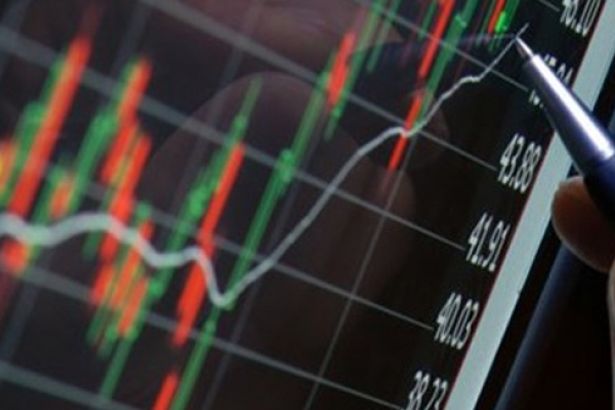GDP growth inflated by price hikes in the first quarter of 2018 in Turkey

The Turkish economy expanded by 7.4% in the first quarter of this year according to TÜİK (Turkish Statistical Institute) statistics. The median estimate for GDP growth was 7% for this period.
The growth rate of manufacturing industry was 8.8% in the first quarter. The construction sector expanded by 6.9% while agriculture had a growth rate of 4.6%.
Household consumption (about two thirds of the economy) grew by 11% while government spending on goods and services increased by 3.4%.
According to calculations by economists, the largest contribution to GDP growth came from private consumption by 6.7 points, followed by total investments by 2.3 points and public consumption by 0.5 points. Net exports had a negative effect on growth by 3.6 points.
HIGH PRICE EFFECT ON THE GDP GROWTH
The Turkish lira has lost more than 20% of its value against the dollar since the beginning of this year. It is argued that the first quarter growth rate is inflated with the price increases due to weakening lira and higher oil and other commodity prices. The nominal GDP is calculated at the current prices. In other words, the value of total production during a certain period can increase because of an increase in the actual amount of goods and services produced or a rise in the prices. Since manufacturing production in Turkey relies heavily on imported intermediate goods, a weak currency would increase the costs and prices. There are also inconsistencies between TÜİK’s industrial production indices and electricity consumption and automotive parts and equipment statistics. The increase in the prices of raw materials and intermediate goods affected sales. The production indices were calculated without adjusting for this price effect correctly, which would overestimate the value added in GDP calculations, it is argued. Industrial production increased by 10% in the first three months while electricity consumption increased by 3%. Although there was not any increase in the amount of automotive production as a major subsector of manufacturing industry, an increase in motor vehicles production is reported.
LOW GROWTH IS PREDICTED FOR THE SECOND QUARTER
Lower growth is predicted for the second quarter of this year because of the worsening macroeconomic conditions, particularly the large depreciation in currency. The growth rate in the second quarter is expected to be under 4% while a contraction in the economy is expected for the third and fourth quarters.



